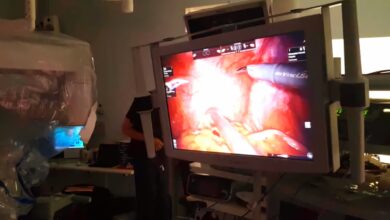Plaque-Eating Immune Cell Discovered as Potential Key to Fighting Alzheimer’s

Plaque-Eating Immune Cell Discovered as Potential Key to Fighting Alzheimer’s
————————–
Researchers at the University of California, San Francisco (UCSF) have identified a crucial brain receptor that may explain why some individuals are more resilient to the effects of Alzheimer’s disease, SciTech Daily reported. The discovery, detailed in the journal Neuron, centers on a specific immune cell and its ability to clear toxic plaques from the brain.
The study found that a receptor named ADGRG1, located on brain immune cells called microglia, plays a significant role in combating Alzheimer’s. In people with mild symptoms of the disease, these microglia have a high concentration of ADGRG1, allowing them to effectively “eat” and remove the harmful amyloid-beta plaques. Conversely, individuals with severe Alzheimer’s have microglia with very low levels of this receptor, leading to a rapid accumulation of plaques and severe cognitive decline.
Experiments using a mouse model of Alzheimer’s demonstrated the receptor’s importance. When the ADGRG1 receptor was absent, the mice experienced a rapid increase in plaques, widespread brain tissue damage, and a decline in learning and memory.
This finding is particularly promising for future drug development. ADGRG1 belongs to a family of receptors known as G protein-coupled receptors, which are frequent targets for existing drugs. This suggests that it may be possible to develop new therapies that can boost the function of microglia in all patients, offering a new approach to treating and preventing Alzheimer’s disease.






